There is nothing that can get the job done like a diamond blade. As the name suggests, diamond blades have diamonds fixated on the edge of the saw blade and can cut through a wide variety of otherwise incredibly tough material. They can cut anything from concrete to glass, and all types of projects make use of their versatility.
However, before you jump in and purchase one for your home or business, it’s important to consider the specifics of your upcoming projects. Are you building a house from scratch? Have a DIY project itching to get finished? Here are some elements to remember before purchasing the ideal diamond blade.
What Materials Need To Be Cut?
One size does not fit all when it comes to diamond blades. There are several variants of finishes, and it all depends on what kind of materials that you need to cut. It’s good to note that diamond blades aren’t cutting – they are grinding. The edge is scratching the surface of the dense materials repeatedly to get through to the other side.
Due to this, the metallurgical bond on the blade is a mixture of metals that are specific to the material you are cutting. The elements
comprising the saw blade are essential to the possible cutting speed.
If you cut the material with the wrong kind of blade, both the stuff you’re cutting and the blade itself will be compromised, will stop cutting altogether, or will wear out a lot quicker than intended.
What’s the Horsepower?
Check out your saw for a moment. What kind of horsepower does your saw have? This is pivotal in figuring out the size of blade you need. Depending on your project, you may need to adjust the pulleys accordingly based off of the size of the blade. Otherwise, the speed won’t be appropriate for the material.
In general, cutting materials slower helps a diamond blade last longer, but may not be an option if you’re a contractor who needs to get the job done quickly.
Wetter is Better
Do you have water on site? Smaller diamond blades are designed for dry materials but can cut wet as well when used appropriately. There are several techniques to ensure an even wet cut with a small blade, one of which includes cutting in shallow passes and then lifting the blade up so it can cool.
If cutting dry concrete, beware of the dust. It’s harmful to breathe, and you should wear appropriate headgear and masks. Wet material usually works best as it minimizes dust, and reduces potential friction.
Larger diamond blades require water mainly due to how deep the cut will be.
When Is It Time To replace a Diamond Blade?
Knowing when you need a replacement saw blade is pretty simple. Just check out the blade itself! When you first purchase a diamond blade, you can visibly see the diamond coating on the edges. With continuous use, the diamond layer fades. Still not 100% certain? A dull diamond blade will make it that much harder to cut through material that you were able to get through seamlessly before.
Diamond blades are the end-all, be-all of blades. With the proper setup, a diamond blade is critical to finishing your project with professionalism and ultimate precision.
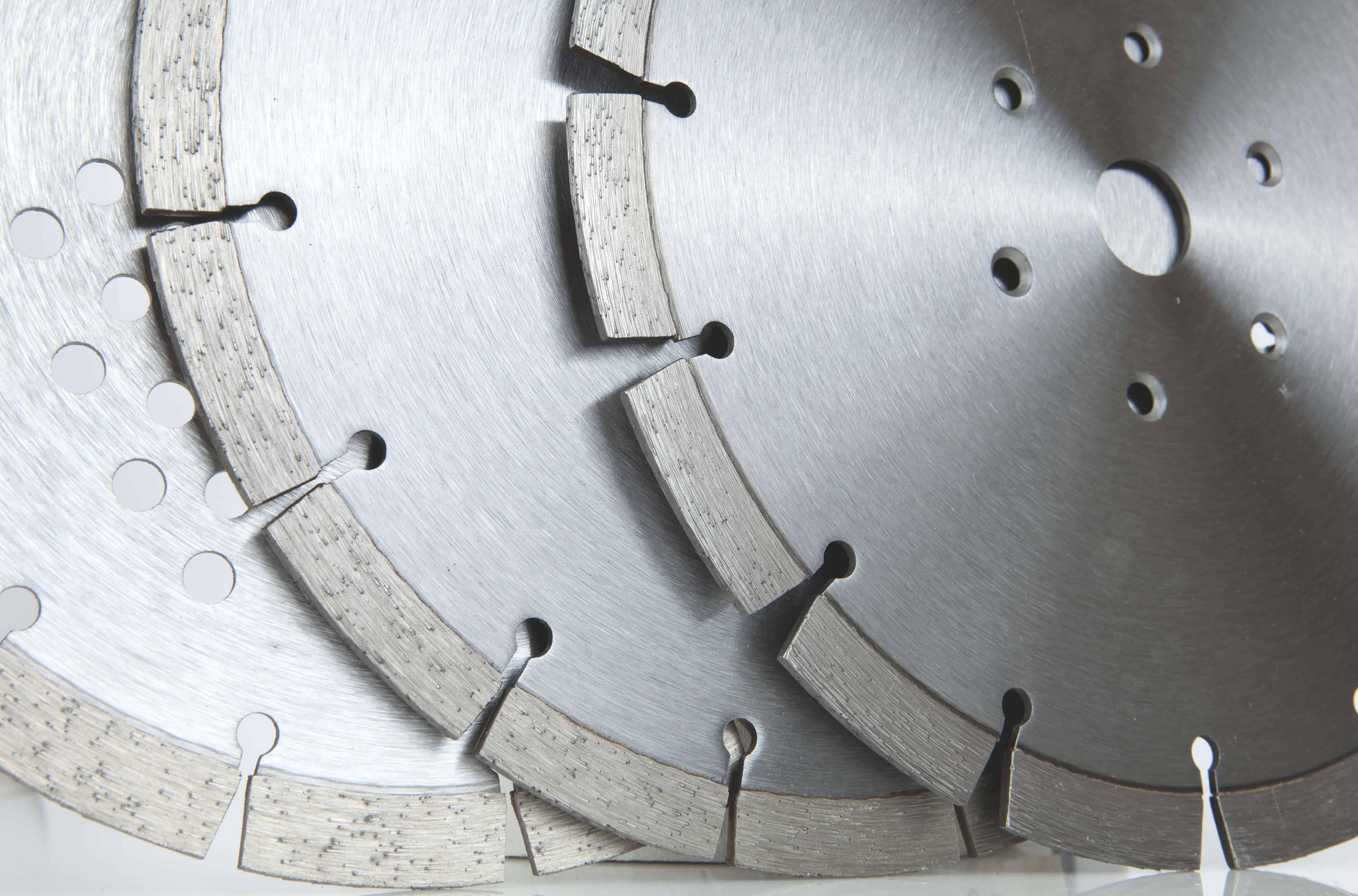
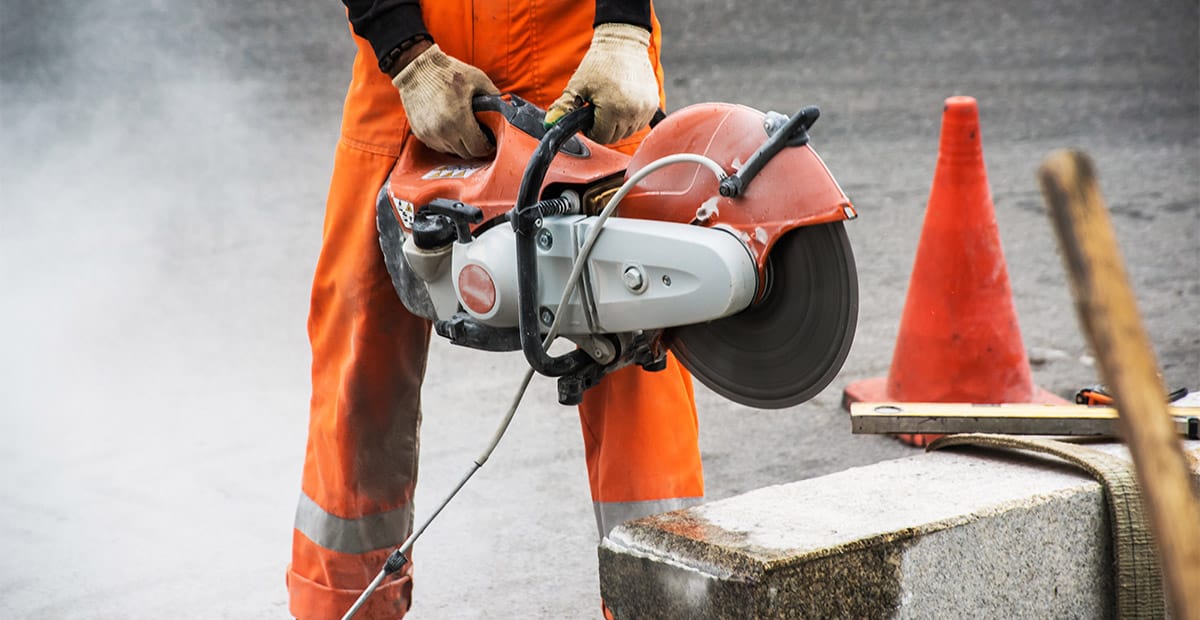
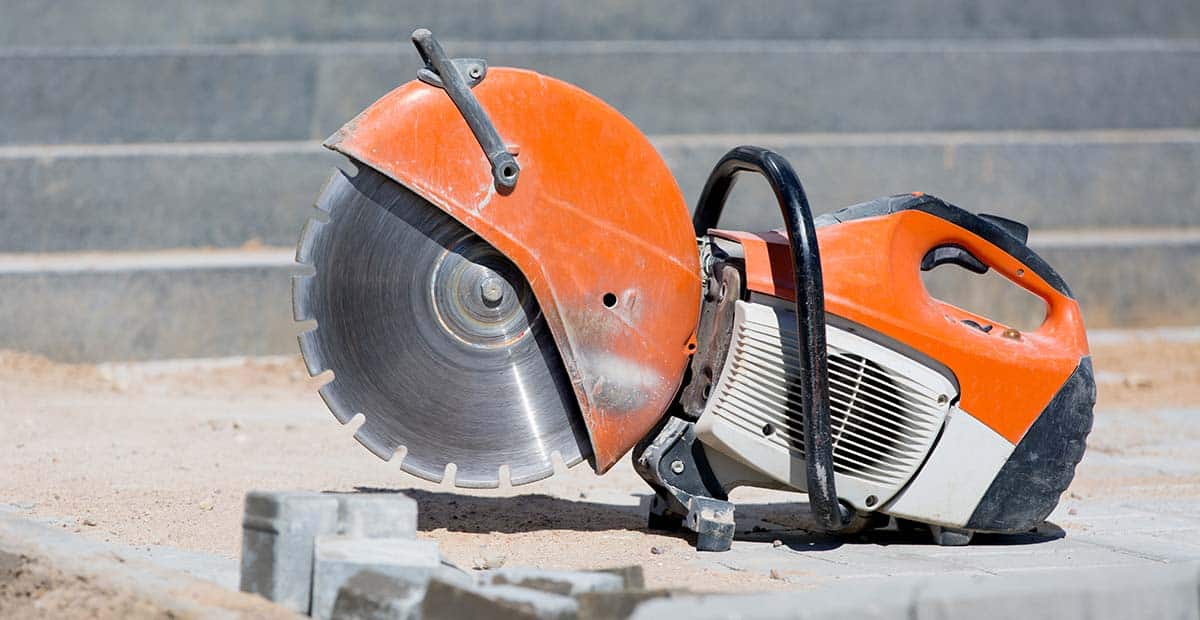
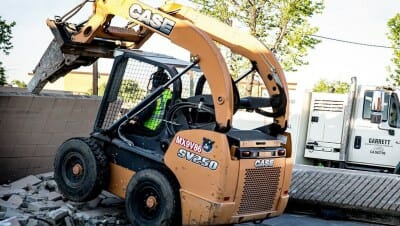

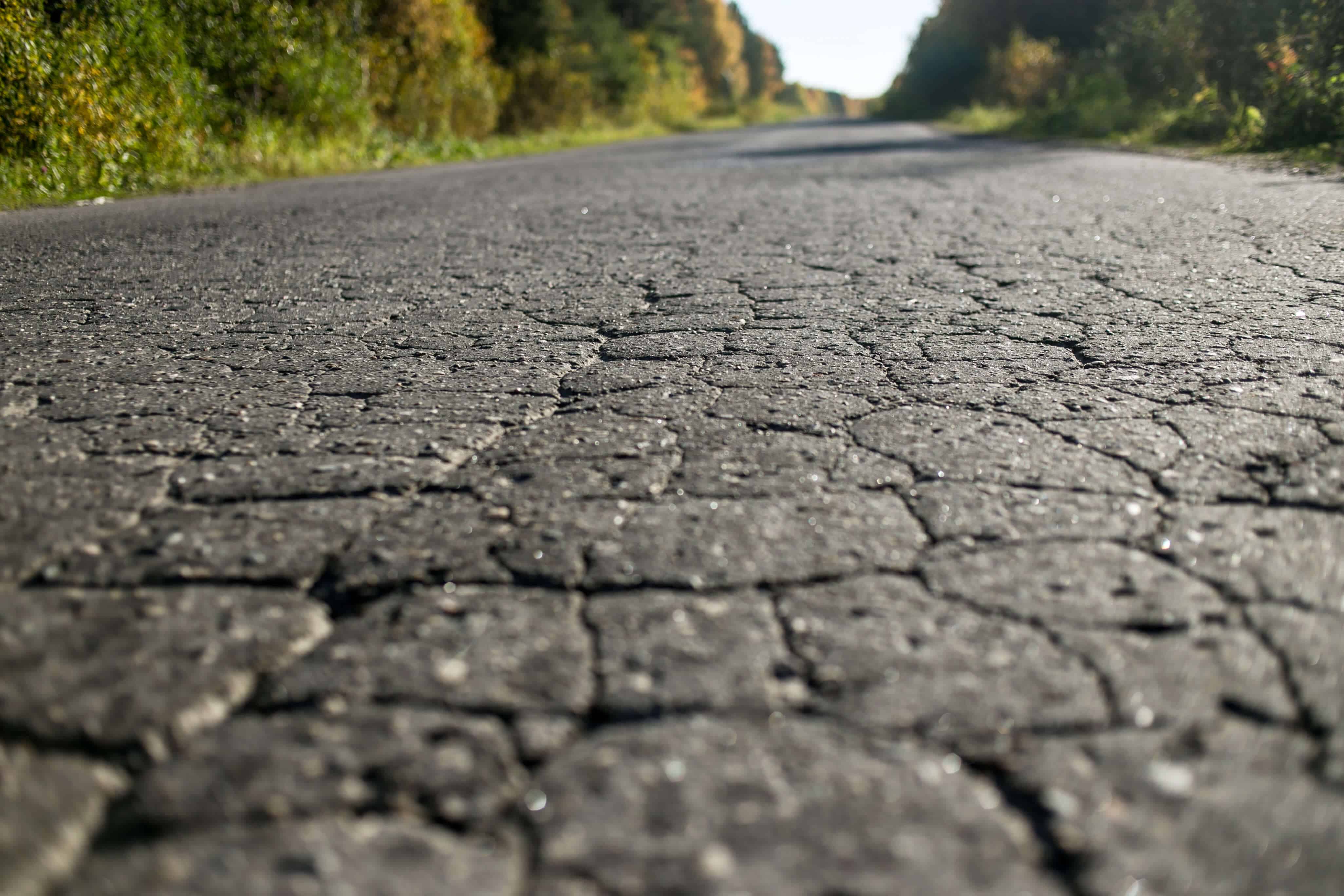
This is really an impressive post. Very valuable information about the diamond blades. I’m glad that I found your blog this one is very helpful.